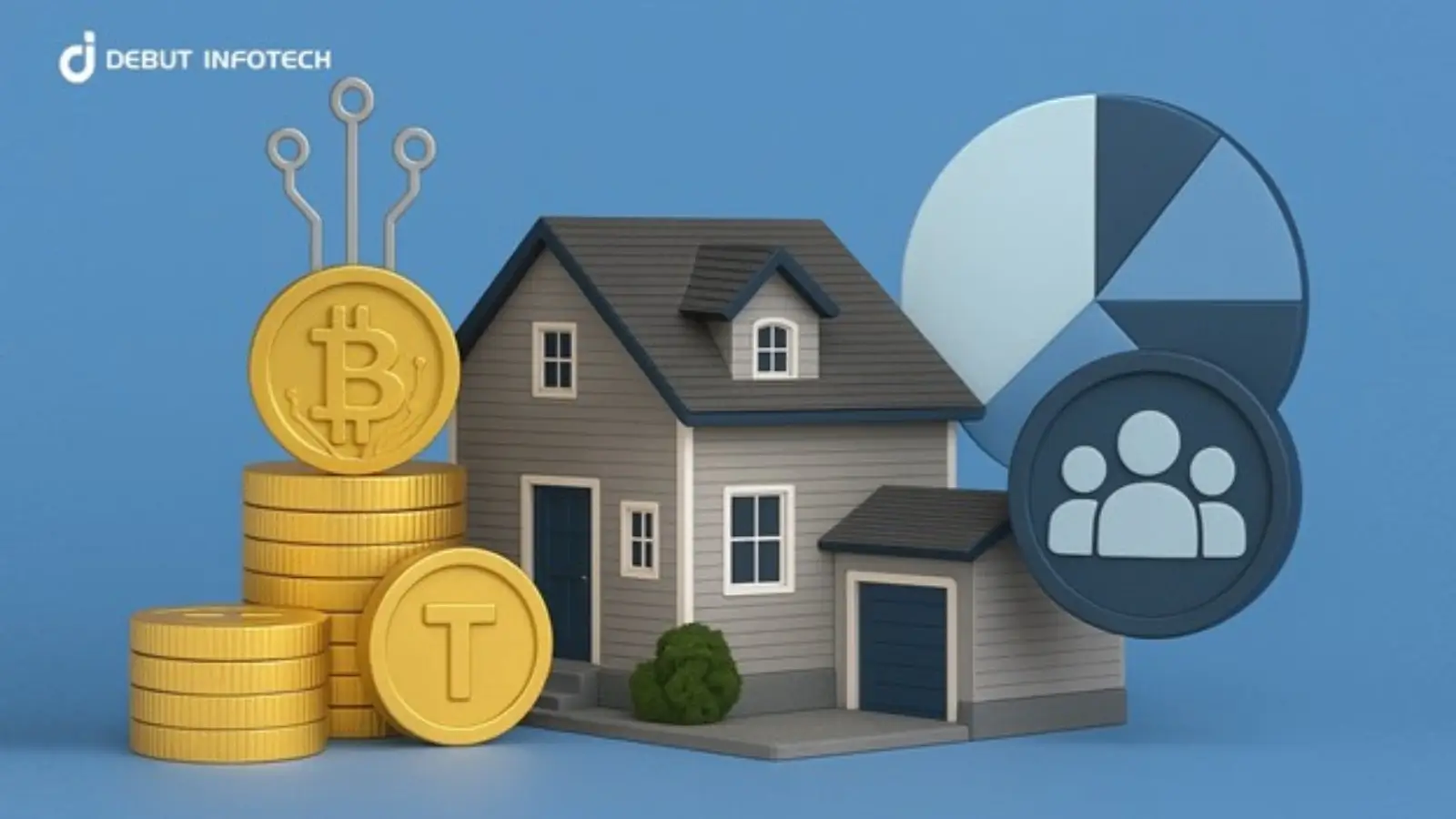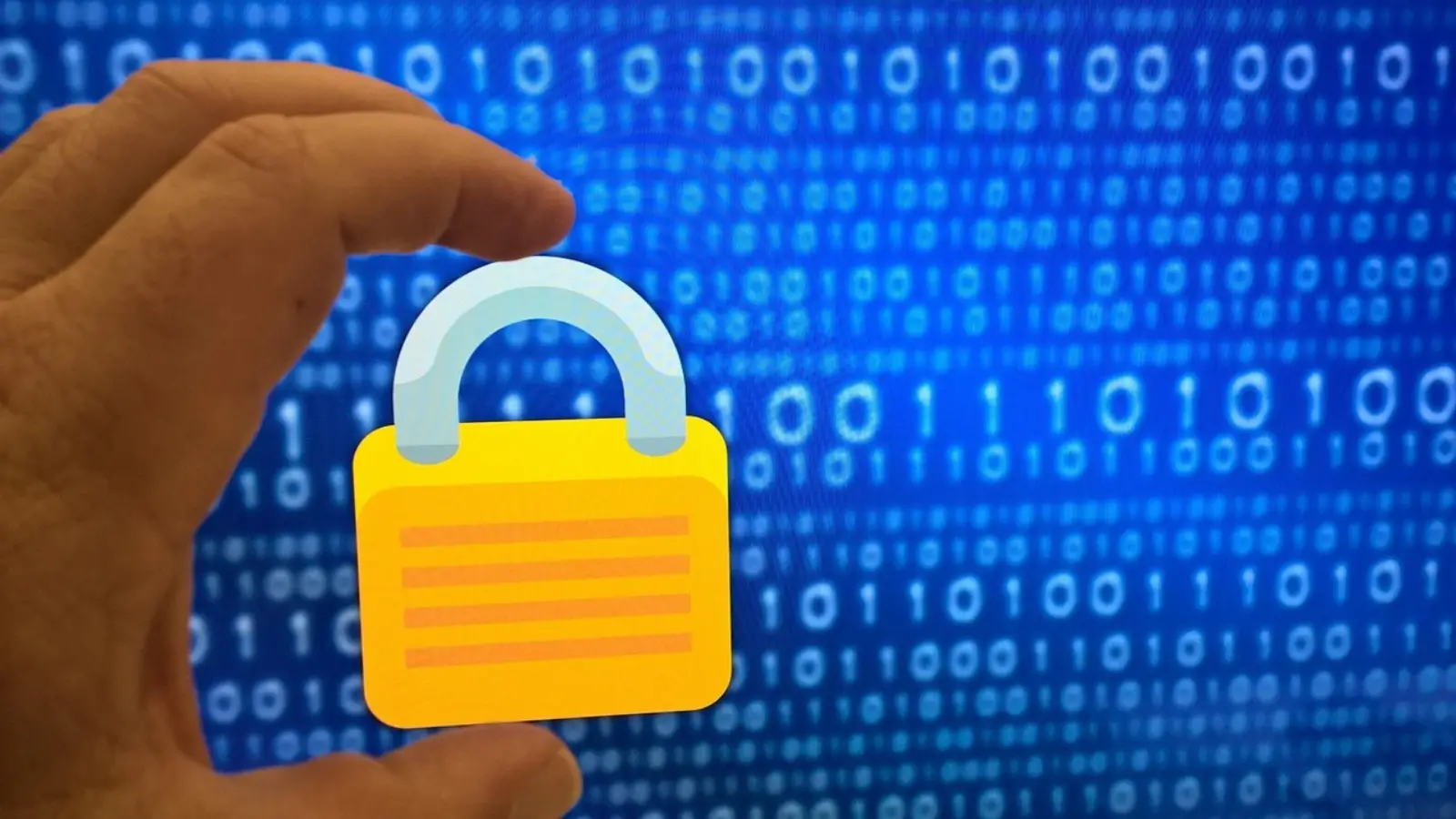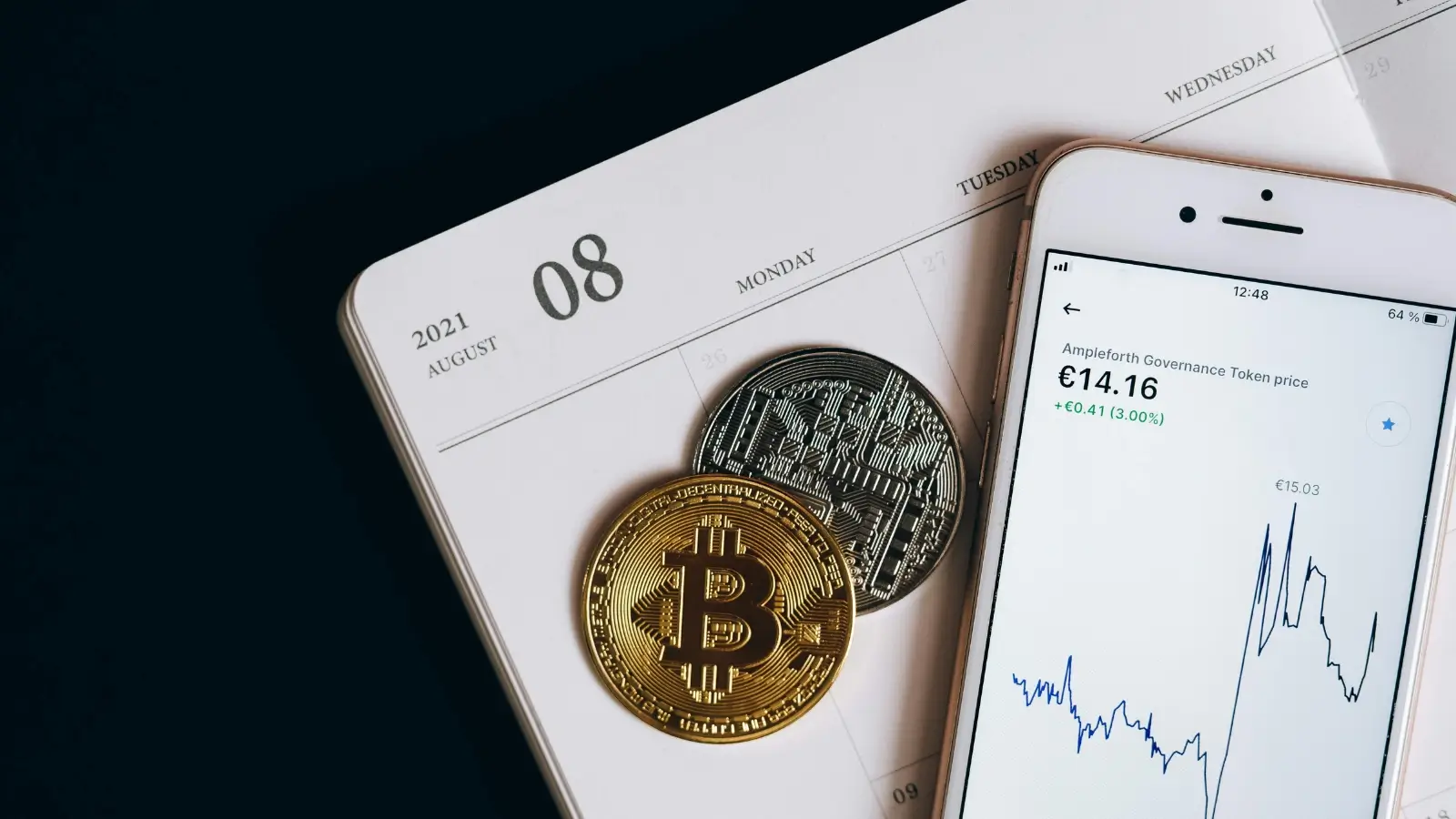The rise of blockchain has transformed industries far beyond its original association with digital assets. At the heart of this technology’s impact is its ability to deliver security in environments where trust has historically been difficult to establish. From finance and healthcare to supply chain management, blockchain has become synonymous with transparency, immutability, and decentralized protection. This unique blend of security features is not just a technological advantage—it is the very foundation of growing market confidence in Trader AI and other blockchain-based solutions.
The Role of Security in Market Trust
Markets thrive on trust. Whether it involves individuals transacting, companies entering partnerships, or investors allocating capital, confidence in the integrity of systems is essential. Traditional financial systems and digital platforms have often been undermined by data breaches, fraud, and insider manipulation. Each incident erodes confidence and highlights the need for stronger safeguards. Blockchain addresses this problem directly. By leveraging cryptography, distributed consensus mechanisms, and transparent ledgers, it ensures that transactions and records remain verifiable and resistant to tampering. For businesses and consumers alike, this assurance creates the foundation of trust that fuels adoption and market growth.
Decentralization as a Shield Against Manipulation
One of blockchain’s most significant contributions to security is decentralization. Unlike centralized databases that rely on a single point of authority, blockchains distribute information across a network of nodes. Each participant maintains a copy of the ledger, and all updates require network-wide consensus. This structure makes it nearly impossible for malicious actors to alter records or manipulate data without detection. For example, an attempt to change transaction history would require altering copies across the majority of the network simultaneously—a computationally impractical task. This resilience against single points of failure reassures markets that blockchain data can be trusted.
Cryptographic Integrity and Data Immutability
At its core, blockchain uses advanced cryptographic algorithms to secure records. Each transaction is bundled into a block and linked to the previous block through a unique hash function. This chain of hashes forms an immutable record that cannot be altered without breaking the entire sequence. This immutability guarantees data authenticity, whether it involves financial transfers, intellectual property records, or supply chain documentation. Once entered, the data becomes part of an incorruptible system, significantly reducing the risk of fraud. For markets, this means participants can rely on the integrity of shared information without needing intermediaries to verify it.
Enhancing Investor Confidence
Investor confidence is a driving force in market adoption, and blockchain’s security features directly influence this perception. Investors want assurance that their assets are safe from hacking, fraud, or unauthorized alterations. By safeguarding digital assets through cryptographic protection and decentralized verification, blockchain fosters the reliability investors seek. Moreover, tokenized assets and decentralized finance platforms are gaining traction because they offer secure, transparent frameworks. Investors can verify transactions on public blockchains in real time, creating a level of openness that reduces uncertainty. This transparency strengthens confidence and encourages greater participation, further fueling market growth.
Applications Across Industries
The security inherent in blockchain technology extends well beyond digital assets and is reshaping multiple sectors.
- Healthcare: Medical records stored on blockchain systems are encrypted and immutable, ensuring patient privacy while reducing the risk of unauthorized access or tampering. This builds trust between patients, providers, and regulators.
- Supply Chains: Counterfeit goods and fraud are longstanding problems. Blockchain provides secure tracking of products from origin to consumer, building confidence in authenticity.
- Government Services: Secure voting systems and tamper-proof identity management solutions are being developed with blockchain, enhancing public trust in governance.
- Financial Services: Beyond digital assets, banks and institutions are exploring blockchain for secure cross-border payments and settlements, reducing fraud while increasing efficiency.
Each of these applications highlights how blockchain’s security features are central to building credibility and driving broader acceptance.
The Relationship Between Security and Regulation
Regulatory bodies worldwide are taking a close interest in blockchain adoption. For regulators, the question is whether these systems can maintain security, protect users, and prevent misuse. Blockchain’s inherent transparency and auditability align well with these goals. Every transaction is recorded and traceable, making illicit activities easier to detect compared to opaque legacy systems. When regulatory frameworks embrace blockchain’s security benefits, markets gain additional confidence. Compliance becomes easier, trust in governance increases, and businesses can integrate blockchain with less resistance. This synergy between security and regulation accelerates mainstream acceptance and long-term market stability.
Challenges and Evolving Threats
While blockchain offers remarkable security advantages, it is not immune to risks. Emerging threats such as 51% attacks, smart contract vulnerabilities, and phishing schemes can still undermine confidence. In particular, improperly coded smart contracts have led to high-profile breaches, proving that human error remains a weak point even in secure systems. Addressing these challenges requires ongoing innovation. Enhanced consensus mechanisms, improved contract auditing, and education for users are all critical to reinforcing security. The industry’s ability to adapt and respond to these risks will play a significant role in sustaining market confidence over time.
Security as a Catalyst for Market Growth
Blockchain’s security features are not merely defensive measures—they are active catalysts for market expansion. By reducing reliance on intermediaries, blockchain cuts costs and enhances efficiency, making markets more attractive. By ensuring immutability, it reduces disputes and litigation, improving operational confidence. By offering transparency, it eliminates information asymmetry, empowering participants with greater trust. All of these outcomes directly contribute to market growth. Businesses are more willing to innovate, investors are more willing to commit, and consumers are more willing to engage when they know their interests are protected by secure infrastructure.
The Future of Market Confidence in Blockchain
As adoption spreads, blockchain will continue to evolve alongside market needs. Future advancements may include hybrid models that blend public and private blockchains, advanced encryption techniques, and greater integration with artificial intelligence. These innovations will expand blockchain’s capacity to protect data while adapting to complex regulatory and commercial environments. The trajectory points toward a future where blockchain security is not just a differentiator but a standard expectation. Market confidence will increasingly rely on these secure foundations, positioning blockchain as a central pillar of global digital infrastructure.
Conclusion
Blockchain security is more than a technical feature—it is the core driver of market confidence. By offering decentralization, cryptographic protection, and transparency, blockchain eliminates vulnerabilities that have long plagued centralized systems. This trust is fueling adoption across industries, encouraging investment, and strengthening regulatory acceptance. As technology advances and challenges are addressed, blockchain security will remain the cornerstone of its growth. In a world where trust defines markets, blockchain provides the security that transforms skepticism into confidence and innovation into sustainable progress.
















